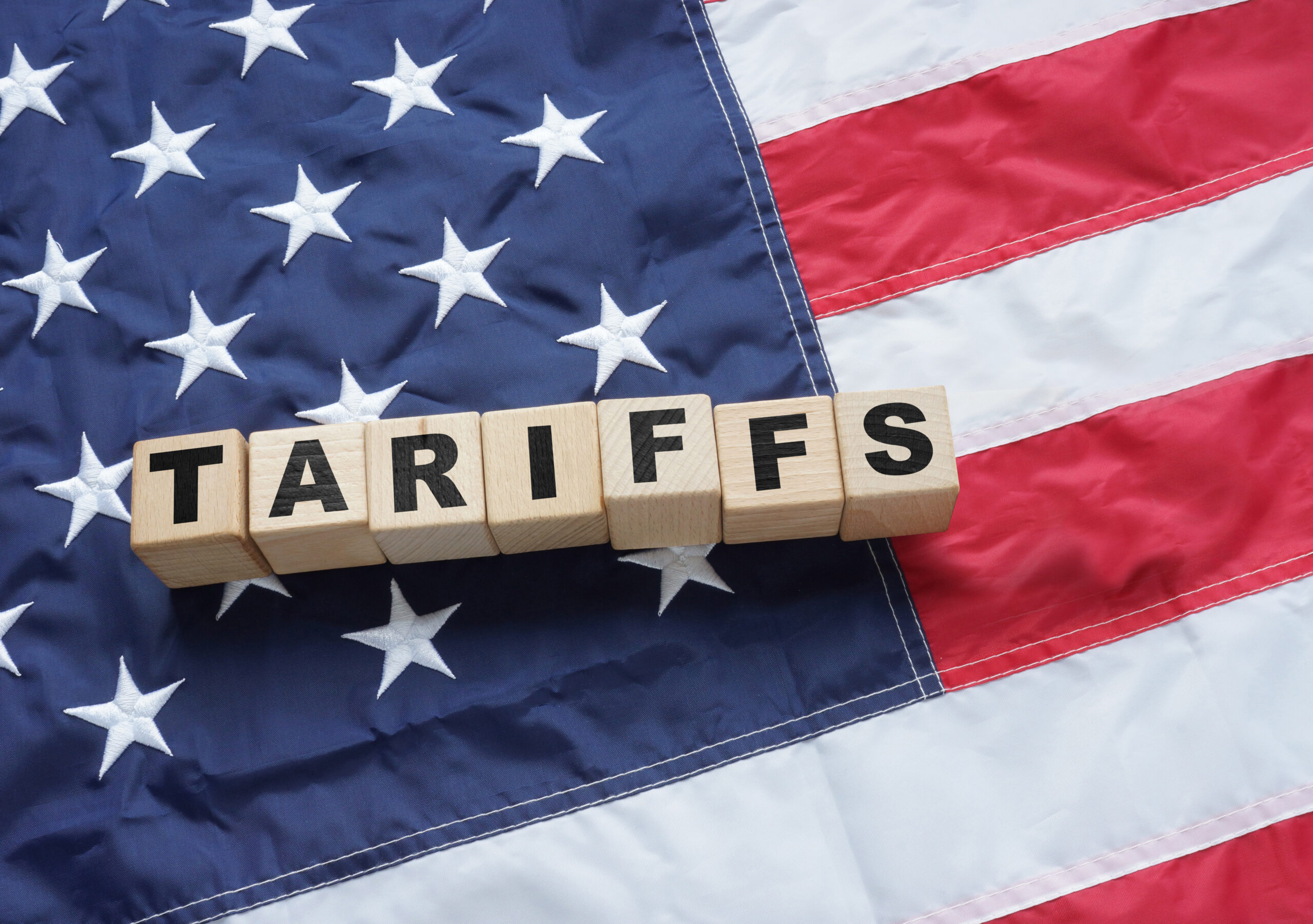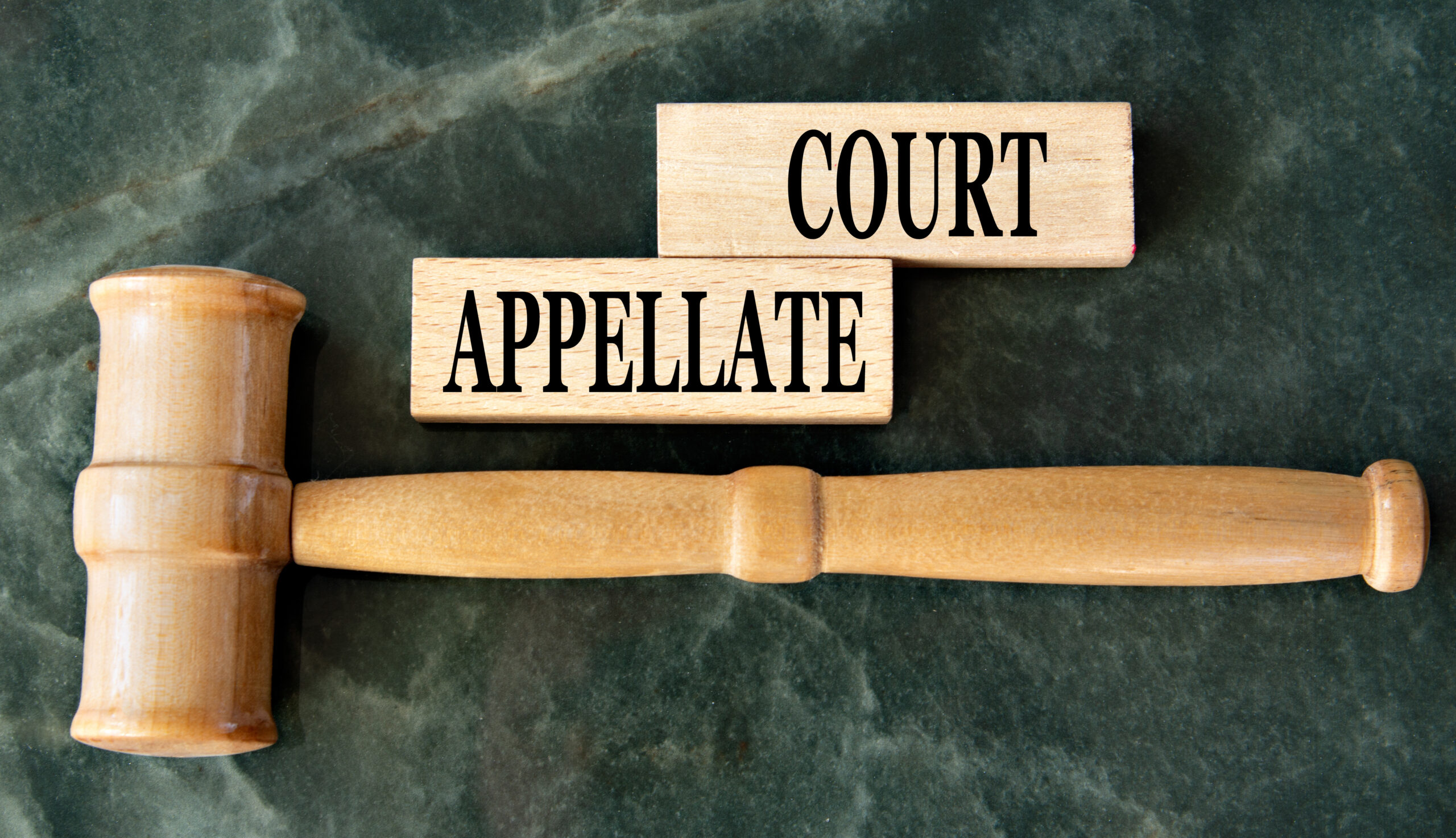Employers have always been well advised to respond quickly to union organizing campaigns with thoughtful outreach and messaging campaigns of their own. However, if recent statistics are indicative of a new trend resulting from last year’s changes by the National Labor Relations Board (NLRB) in union election rules and timing, employers must respond more quickly and more effectively than ever to avoid unionization of their workforces.
Last April, new, controversial amendments to the NLRB’s representation election rules took effect. In short, the new rules “streamline” the procedure by providing for electronic filing of everything (including the Petition), requiring the employer to provide personal e-mail and phone number information of potential voters, limiting the pre-election hearing to only matters affecting whether an election should be held and scheduling it within eight days of the Notice. There is limited review permitted of the District Director’s decisions and no automatic stay of the hearing when such review is requested. Challenges to eligibility and inclusion must be held until a possible post-election proceeding.
In a recently released report, Bloomberg BNA reviewed NRLB data regarding union elections conducted since the implementation of the new NLRB election rules to determine whether they have had any effect on the speed of elections or the results of elections. It appears, from the report, “Election Speed and the NLRB: How Unions Fare in the Representation Process,”, that the new rules may not be good news for employers who wish to remain union-free and are faced with an organizing campaign.
According to the Bloomberg BNA report, in the first four months following implementation of the new rules, as compared with the same four month period in the prior year, the NLRB conducted 31 more elections and unions won every one of those elections. In addition, the report says that the median length of time it took a union’s representation petition to reach the election stage was 24 days, as compared with 38 days in the prior year. Other statistics referenced in the report demonstrate that about half of recent elections were resolved in less than 24 days, as compared with only seven percent of elections that were resolved as quickly a year ago.
If these statistics are indicative of a trend, then unions are getting more elections, they are getting to elections much faster, and they are having quite a lot of success in those elections. Conventional wisdom has been that quicker elections tend to favor unions, and this report appears to back that up.
For these reasons, employers who wish to remain union-free must be more vigilant to recognize the commencement and assess the strength of union organizing campaigns. Faced with a union organizing campaign, those employers must quickly train and mobilize their managers and supervisors as part of a drive to educate employees on the benefits of remaining union free, as well as the potential negative aspects of unionization. Given the increased need for speed and efficiency in responding to such campaigns, employers are well advised to consider engaging experienced consultants and attorneys to assist with those tasks.
For more information on how to protect your organization from union organizing activities, please contact Jacob Sitman or the other Employment and Labor Relations attorneys at Fitzpatrick Lentz & Bubba, P.C.









